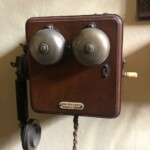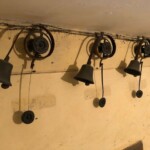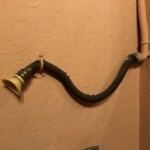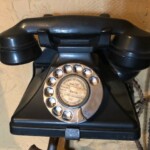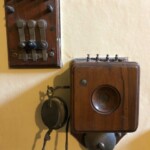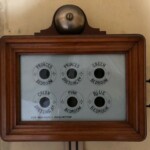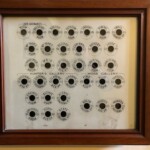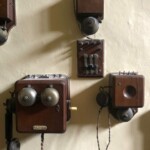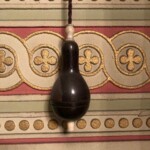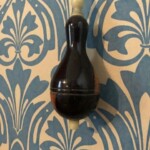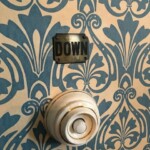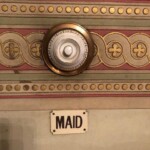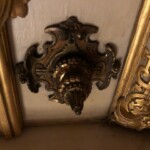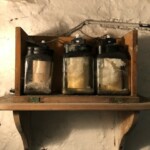Raby Castle is home to an incredible collection of art, artefacts and antiques which have been curated and cared for over many centuries.
Everyone who is part of the Raby family, whether staff or volunteer, has their own favourite and over the coming weeks they will be introducing these to you on our blog and social media channels.
It seemed appropriate to start this series by asking our Castle Custodian, Alan, about his favourite things in the Raby Collections.
For Alan, it is not so much a single object but the ability the Castle has to show changes in attitude and advances in technology over such long periods.
Alan says:
“With almost 700 years of history at Raby Castle, and the mantra of ‘never throw anything away’ we have a rich bounty of objects giving clues to life at the Castle through the centuries.
My favourite are those which show how servants and staff communicated.
Up until the 17th century it was common to have servants located close to great halls with the buttery, pantry and kitchens nearby. As attitudes changed, servants and their working areas moved out of sight and communication with them became more difficult.
Raby has a number of examples, some of which are still on display in our open rooms. We have many of the iconic Sprung Bells, which were operated by bell pulls and rotary levers of all different styles and controlled from great distances. It fascinates me that some bells at the top of Cliffords Tower are operated from rooms 80ft away and most cables and pulleys are still under the floors or hidden behind plastered walls.
By the mid 19th century, battery technology was developing and this saw the introduction of the Electric Bell which was then coupled with an Indicator Board. There are some great examples at Raby in our Butler’s Pantry and throughout the Servant’s Room located in the upper part of Cliffords Tower. We still have the batteries that powered these in various locations around the castle, hidden from public view.
Raby Castle also has some fine examples of speaking tubes which allowed direct communication with servants. This avoided the need to go to an indicator board first and so reduced unnecessary journeys. These would have a mouthpiece at both ends and there would usually be a whistle at the servant end to attract attention.
Telephones and small exchanges became possible from the 1880s and at Raby I understand there was a small internal exchange in the Porter’s Lodge. Unfortunately, the equipment is no longer there but a large battery bank is still in place behind the panelling. Our Butler’s Pantry has an example of a wind-up telephone and receiver made by Cox-Walker in Darlington. There are a number of Bakelite phones located in redundant offices within the castle and we hope to be able to display them at some point in the future.”
For more stories and photos of our team’s Favourite Things from the Raby Collections, follow us on Instagram and Facebook.
Why not visit the Castle and discover your favourite things? The Castle is open to visitors Wednesday to Sunday throughout October. Tickets must be pre-booked and we are running morning and afternoon sessions to help us manage numbers safely.


